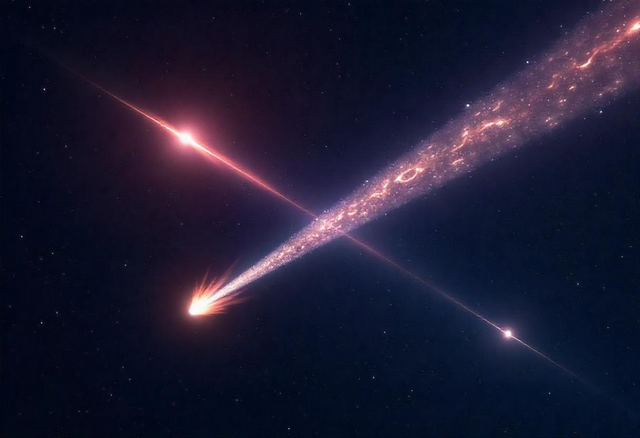China's most ambitious mission.
China's most ambitious mission.

Humanity is looking at a mission capable of capturing fragments of the moon in space and then the idea is to continue traveling for almost a decade to intercept a hybrid comet that acts like an asteroid in the heart of the solar system.
After returning the samples to Earth around 2027, the probe will still redirect its trajectory to comet 311P/PanSTARRS, scheduled to be reached in 2035, and most fascinatingly, this comet exhibits hybrid behavior, behaving as an asteroid and comet at the same time, a true cosmic puzzle.

Despite not being directly mentioned as onboard AI, the Tianwen-2 has autonomous navigation, stabilization, and collection systems that make decisions in real time during the mission. This includes automatic trajectory adjustments, course correction, and interpretation of geological data during the flyby. These systems are essential to guarantee the safety and success of the mission, especially in environments where communication latency makes remote control in real time impossible. planetary, mining and space and studies on the origins of life.
The images without reference were created with AI
Thank you for visiting my blog. If you like posts about #science, #planet, #politics, #rights #crypto, #traveling and discovering secrets and beauties of the #universe, feel free to Follow me as these are the topics I write about the most. Have a wonderful day and stay on this great platform :) :)

